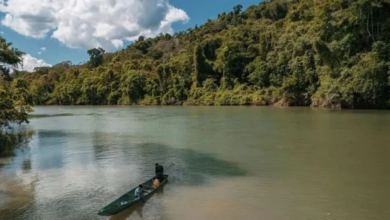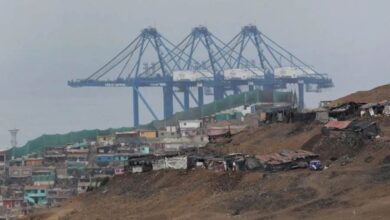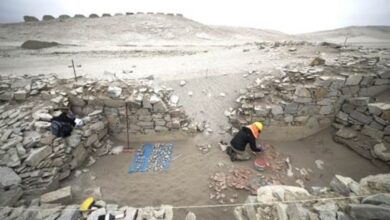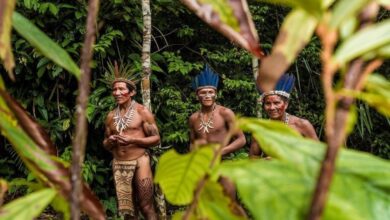Amazon’s Lost Civilizations Finally Uncovered Through Lasers And Unlikely Breakthroughs
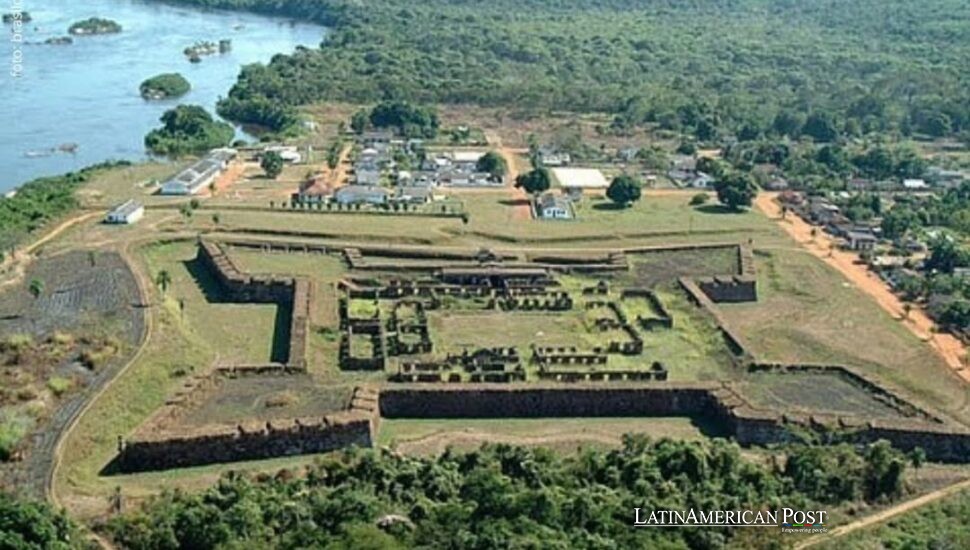
Archaeologists are rewriting the history of the Amazon rainforest. Advanced lidar technology reveals sprawling ancient mega-cities once hidden by dense jungle canopies. The find disputes old ideas about cultures before Columbus. This points to a complex society that thrived in this location for many years.
Lidar’s Role in Amazon Archaeology
For decades, scholars believed the Amazon rainforest was primarily inhabited by small, nomadic tribes, with little evidence of large-scale urban centers. However, the pioneering work of archaeologist Stéphen Rostain—director of research at the French National Centre for Scientific Research (CNRS)—has transformed that narrative. In an interview with BBC Science, Rostain recalled his earliest fieldwork in Ecuador’s Upano Valley nearly 40 years ago, when almost no one suspected the rainforest might conceal civilizations. “We were less than 10 archaeologists working in the Amazon,” he explained. “Everybody said there’s nothing to find.”
Yet Rostain’s meticulous, decades-long surveys of the region exposed clues that the forest floor held more than wandering tribal campsites. He painstakingly cataloged what appeared to be mounds, plazas, and vestiges of human-made structures. Although intriguing, these discoveries were difficult to verify due to the dense jungle canopy. It was not until 2021, when Rostain harnessed the power of light detection and ranging (lidar) technology that the Amazon began to reveal its secrets on an unprecedented scale.
Lidar sends millions of laser pulses from an aircraft and measures their time to bounce back. From these data points, researchers produce highly detailed 3D maps, effectively “peering” through layers of vegetation without disturbing a single tree. Rostain attached a lidar device to the underside of a plane and flew it over the Upano Valley. The resulting images exposed a vast network of interconnected urban sites. “Lidar gives this magic result where you see the original landscape of the first inhabitants,” he told BBC Science. “It’s impacting.”
In 2024, Rostain published a paper detailing his breakthrough. It immediately garnered international attention because it revealed the existence of complex Amazonian urbanism and underscored how critical aerial imaging can be in areas where vegetation is almost impenetrable. Lidar systems, once prohibitively expensive, have become far more accessible over the past decade. Their miniaturized versions can even attach to drones, making smaller-scale surveys feasible. Mark Robinson, an associate professor of archaeology at the University of Exeter, described the shift in capability to BBC Science: “They’re getting much easier to operate. I don’t have a background in physics or science, yet I could operate a lidar system and attach it to a helicopter, run it, and process the data.”
Robinson’s team made a similarly revolutionary find in the Bolivian Amazon: a network of cities and towns interconnected by causeways and canals, replete with sophisticated water-management infrastructure. These features managed annual floods that covered hundreds of square kilometers. The features showed complex engineering. Robinson stated, “The engineering in this planned area is amazing.” According to Robinson, the people built embankments. The embankments had intentional gaps. The gaps trapped fish or directed water flow. Such measures indicate the region’s pre-Hispanic societies operated with complexity on par with comparable civilizations worldwide.
New Views of Ancient Complexity
Rostain’s use of lidar also drastically revised the scale of human habitation in the Amazon. His earlier on-foot expeditions in 1995 identified several hundred mounds in the Ecuadorian rainforest. But once he analyzed the aerial data, those estimates skyrocketed. “Thirty years after, I saw that there were not hundreds of mounds, but thousands of mounds,” he told BBC Science. Some were as small as one meter in height—so inconspicuous that even an experienced archaeologist could easily miss them while hiking through thick undergrowth.
Further refinements in processing and filtering the lidar data allowed Rostain’s team to detect minute structures like furrows, terraces, and roads. They discovered evidence of an extensive street measuring some 15 meters across and roughly 5 meters deep. This main thoroughfare connected various settlements, supported by a web of side roads seemingly designed for trade, ceremony, or both. According to Rostain, the pattern suggested a “complete territorial system,” further undermining the old notion that the Amazon’s environment precluded large-scale civilizations.
Mark Robinson’s research in Bolivia showed that Amazonian societies possessed advanced strategies to cope with natural forces. Defensive embankments, canals, and causeways revealed a knowledge of water control and a forward-looking ethos. He explained how analyzing those structures could offer contemporary lessons for flood management. “What would that look like? How would it function, and when would it break?” he wondered. Modern experts grappling with increasingly volatile flood patterns, often attributed to climate change, may glean insights from these ancient engineering feats.
Several other archaeologists are now following in Rostain’s and Robinson’s footsteps, employing lidar across South America. For instance, Pedro Guillermo Ramón Celis, a postdoctoral researcher at McGill University, used a Cessna aircraft equipped with lidar to map Guiengola in Tehuantepec, Mexico. “Instead of doing two years of research, it took us two hours,” Celis said of his scans. That speed of discovery allowed him to find evidence of a Zapotec city with a palace, temples, plazas, and 1,100 structures—more than double the number identified through ground surveys alone.
Celis explained to BBC Science that historical documents painted Guiengola as an elite fortress. Still, the lidar data suggested an entire urban sprawl with varied social classes in different neighborhoods. Amazon’s understanding has changed, and revelations reflect these changes. Archaeologists once found minimal tribal activity, but today, they discover societies with layers. These societies exhibit complicated construction and farming methods in addition to infrastructure.
Unlocking Deeper Insights and Future Prospects
Despite the excitement over lidar’s transformative power, researchers emphasize it is only the beginning of a more comprehensive exploration. After mapping potential structures or settlement layouts, archaeologists rely on other methods to refine interpretations. Rostain combines radiocarbon dating with his lidar findings to pinpoint occupation timelines in the Ecuadorian Amazon. By dating organic samples in certain features, he can discern when people inhabited—or re-inhabited—various parts of this ancient landscape.
Celis similarly plans to return to Guiengola in 2025 armed with magnetometers and ground-penetrating radar, both of which can detect subsurface architectural remains. “Now I want to see deep into the site,” he told BBC Science, illustrating how lidar data provide a road map for more targeted, less invasive fieldwork. Once archaeologists confirm what lies beneath, they expand their understanding of how these societies evolved, interacted, and adapted to environmental pressures.
Another key piece of the puzzle is the material culture left behind. Ceramics, tools, and other artifacts can illuminate trade relationships, cultural influences, and dietary habits. Celis’s plan to use X-ray fluorescence on Guiengola pottery could reveal whether local communities relied on imported ceramics or produced their own. This would clarify trade patterns, cultural exchange, and possibly particular objects’ political or religious significance.
Meanwhile, Mark Robinson’s team in the Bolivian Amazon explores how centuries-old urbanization might have shaped modern ecosystems. By comparing ancient constructions with current forest density and species distribution, they hope to determine whether long-ago land use enriched soils or fostered biodiversity. For example, Robinson and his colleague Sarah Eshleman found that ancient Maya structures built a millennium ago now host some of the tallest trees in Belize. Such findings could help ecologists and resource managers appreciate the longevity of human impact on tropical forests. “Ecology and resource managers don’t have this kind of data on these long timescales,” Robinson emphasized. The broader implication is that archaeology is about reconstructing the past and informing the future.
Ancient Amazonians dealt with floods
They farmed soils that lacked nutrients. They supported large populations. Their actions guide current problems like climate change, water shortages, and deforestation. Instead of seeing the Amazon as an untouched wilderness, researchers understand it as a set of landscapes humans manage. A growth of interest in Amazonian archaeology demonstrates a shift in how people view the area. Technology like lidar reveals cities and roads next to terraces once hidden under plant cover.
With each new lidar scan, plant growth from a prolonged period is removed from view. This reveals stories of skilled engineering, ways people organized themselves, and artistic talent. These emerging insights challenge older myths of the Amazon as an unchanging, pristine environment inhabited only by scattered bands of hunter-gatherers. Instead, we see ancient societies rivaling Europe, Asia, or other parts of the Americas in complexity and adaptability.
While the work of Rostain, Robinson, Celis, and many others stands at the forefront, future archaeologists will likely expand and refine these findings, mapping vast rainforest areas at higher resolutions. They may uncover new connections among settlements and add depth to our understanding of daily life in ancient Amazonian cities—how markets functioned, political alliances formed, and communities coping with environmental shifts.
Ultimately, the Amazon’s hidden mega-cities remind us how easily evidence of past grandeur can be lost to time when overgrown by nature. But with modern technology, that grandeur resurfaces. As Rostain told BBC Science, “It’s impacting,” capturing the awe and wonder sparked by glimpsing roads and monuments once presumed to have never existed. These large-scale revelations are rewriting history textbooks and the future trajectory of how we safeguard the Amazon’s cultural and ecological heritage.
Also Read: Peru’s Narcotic Tales Leave Historians Sniffing For Answers
With connections made between what happened long ago and what happens now, archaeologists apply lidar and other tools. They reveal a changing account of endurance, new ideas, and ways to change with conditions. That account is something people today should understand. As archaeologists do more research, the Amazon region seems more remarkable. It indicates a varied arrangement of human accomplishments covered by vegetation. It is available for rediscovery.

